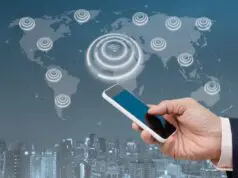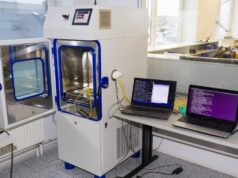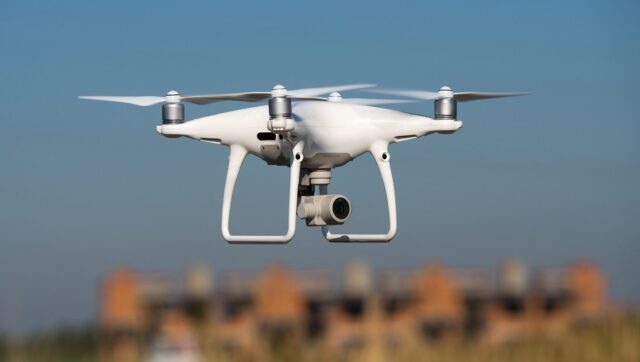
In recent years, drone technology has rapidly evolved, revolutionizing various industries and unlocking a multitude of possibilities. Drones, also referred to as unmanned aerial systems (UAS), have garnered considerable attention for their adaptability, effectiveness, and broad spectrum of uses.
In this article, we will explore the importance and benefits of drone technology, shedding light on how these remarkable devices are transforming industries and reshaping the way we approach tasks. From aerial photography and surveillance to delivery services and disaster management, the power of drones and their diverse drone applications is undeniable.
Aerial Photography and Videography
One of the key areas where drones have made a significant impact is aerial photography and videography. With the ability to capture breathtaking images and videos from high vantage points, drones have revolutionized the way we document events, capture landscapes, and film cinematic shots.
Their agility, stability, and maneuverability enable photographers and videographers to explore creative perspectives and capture shots that were previously impossible or expensive to achieve.

Surveillance and Security
Drones have become invaluable tools in surveillance and security operations. Equipped with high-resolution cameras and advanced imaging technology, they can monitor large areas, detect potential threats, and gather real-time information.
Drones are especially effective in situations where access is limited or hazardous, such as disaster zones or remote locations. They provide enhanced situational awareness and aid in crime prevention, crowd management, and emergency response.
Environmental Conservation and Research
Drone technology plays a vital role in environmental conservation and research efforts. Drones equipped with specialized sensors and cameras can collect data on wildlife populations, monitor ecosystems, and track environmental changes.
They provide valuable insights into habitat mapping, biodiversity studies, and climate monitoring. Drones enable researchers to gather information more efficiently, accurately, and cost-effectively, contributing to the understanding and preservation of our natural world.
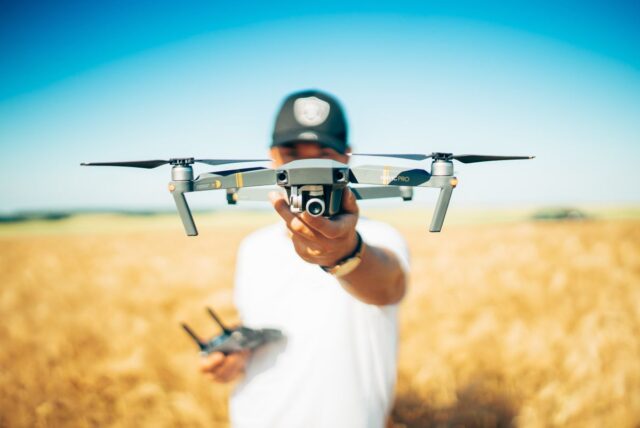
Infrastructure Inspection and Maintenance
Traditional methods of infrastructure inspection, such as manual inspections or using manned vehicles, can be time-consuming, costly, and risky. Drones offer a safer and more efficient alternative for inspecting infrastructure like bridges, power lines, and pipelines.
Equipped with high-resolution cameras and thermal imaging technology, drones can identify structural issues, detect leaks, and assess maintenance needs, reducing the risk to human inspectors and improving overall efficiency.
Delivery Services
The employment of drones for courier services has attracted considerable focus in recent years. Companies are exploring the feasibility of using drones to transport goods and packages, especially in areas with limited access or challenging terrain.
Drone delivery services have the potential to reduce delivery times, lower costs, and minimize the carbon footprint associated with traditional transportation methods. While regulations and logistical challenges still need to be addressed, the future of drone delivery holds promising possibilities.
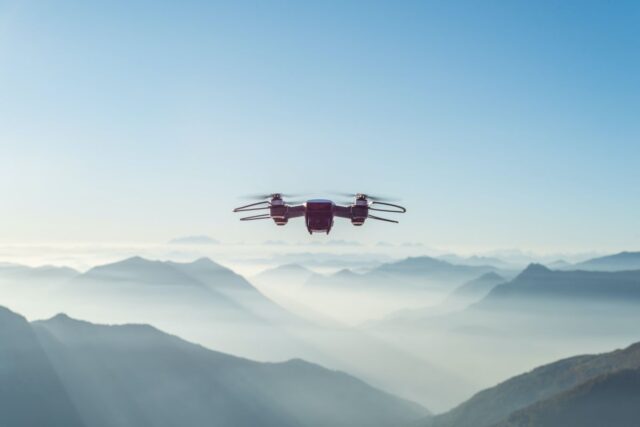
Disaster Management and Search-and-Rescue Operations
Drones have proven to be invaluable assets in disaster management and search-and-rescue operations. Their ability to access hard-to-reach areas and provide real-time situational awareness is crucial in emergency situations.
Drones can assist in assessing damages, locating survivors, and delivering essential supplies to affected areas. Their swift deployment and aerial capabilities significantly enhance response times and save lives in critical situations.
Addressing Challenges and Concerns
Addressing the challenges and concerns surrounding drone technology is crucial for its responsible and sustainable integration into various sectors. One of the foremost concerns is privacy and security. As drones become more prevalent, protecting individuals’ privacy from intrusive surveillance and data breaches is paramount. Striking a balance between the benefits of drone usage and safeguarding privacy rights is vital.
Moreover, the regulatory and legal framework for drones requires continuous refinement. Establishing clear guidelines for drone operations, airspace management, and licensing ensures safe and controlled integration into the national airspace system.
Another challenge lies in addressing the potential for airspace congestion and accidents. Implementing reliable collision avoidance systems and developing efficient traffic management protocols can mitigate such risks.
Furthermore, technological limitations, such as battery life, payload capacity, and signal interference, must be overcome to enhance drone reliability and versatility.
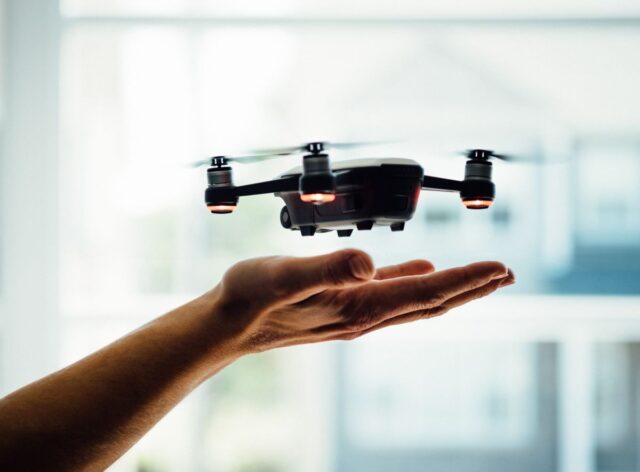
Future Trends and Developments
The future of drone technology is poised to witness revolutionary trends and developments that will redefine industries and reshape daily life. Artificial Intelligence (AI) and automation are set to play pivotal roles, enabling drones to operate autonomously and perform complex tasks with minimal human intervention. This advancement will lead to increased efficiency and cost-effectiveness in various applications, ranging from delivery services to surveillance missions.
Furthermore, the integration of drone technology with 5G and beyond will unlock new possibilities. High-speed, low-latency connectivity will enhance real-time data transmission and support swarms of drones working collaboratively on intricate tasks.
Urban air mobility and flying taxis are expected to become viable solutions for addressing urban congestion and transportation challenges. With advancements in battery technology, electric-powered passenger drones could become a reality, transforming the way people commute.
Moreover, the concept of swarm technology, where multiple drones can function as a coordinated unit, holds immense promise in disaster response, search and rescue missions, and large-scale infrastructure projects.
As these trends and developments unfold, they will usher in an era of unprecedented innovation and convenience, making drone technology an indispensable part of our interconnected world.
Conclusion
The power of drones extends far beyond recreational use. Their versatility, efficiency, and wide range of applications make them valuable tools in various industries and sectors. From aerial photography and surveillance to delivery services and disaster management, drones have transformed the way we approach tasks and solve challenges.
As drone technology continues to advance, we can expect even more innovative applications and solutions. Embracing the power of drones opens up a world of possibilities and propels us into a future where these remarkable devices play a significant role in shaping our lives and industries.

